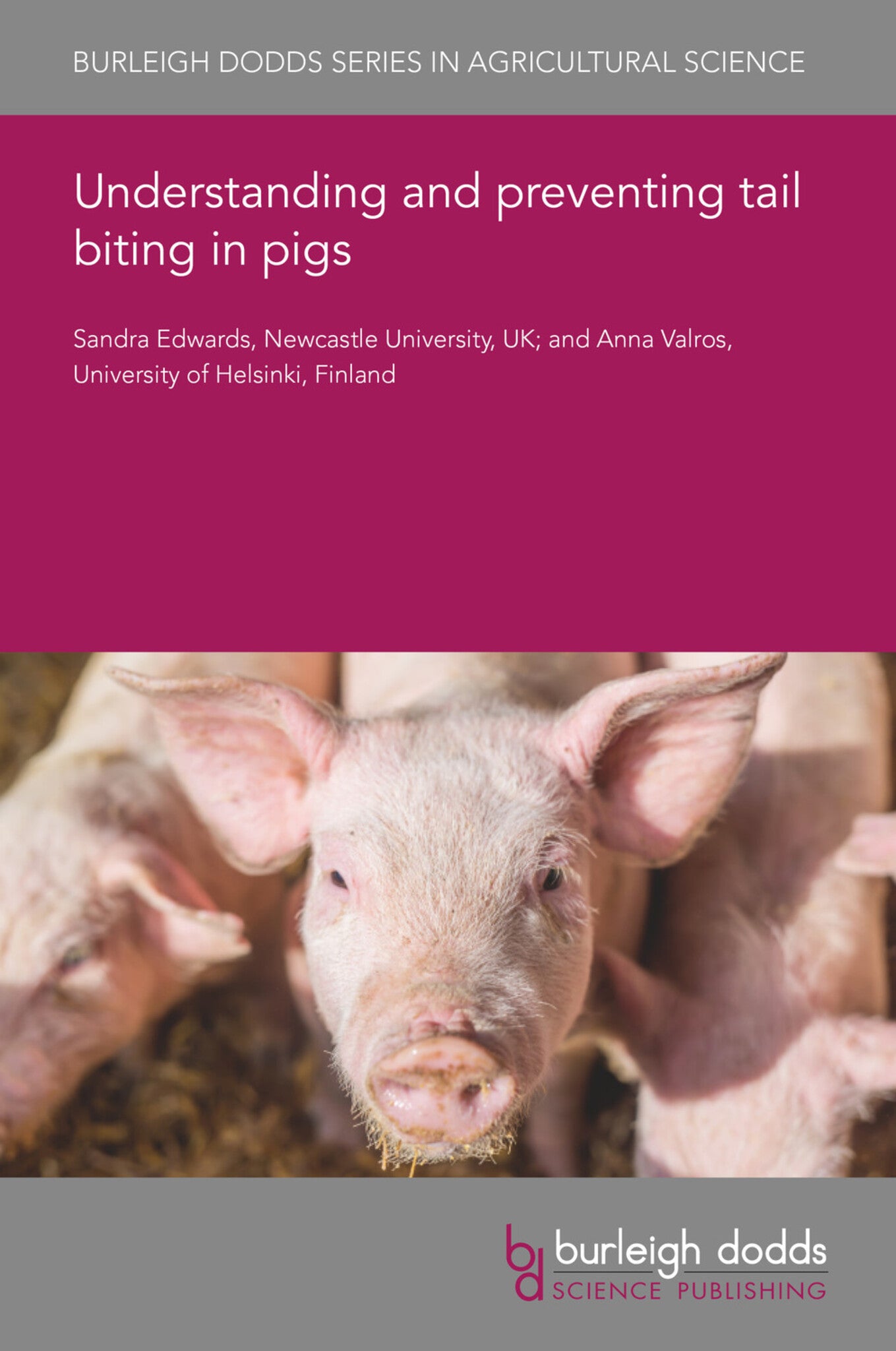We're sorry. An error has occurred
Please cancel or retry.
Understanding and preventing tail biting in pigs

Some error occured while loading the Quick View. Please close the Quick View and try reloading the page.
Couldn't load pickup availability
- Format:
-
02 February 2021


TECHNOLOGY & ENGINEERING / Agriculture / Animal Husbandry, Animal husbandry, TECHNOLOGY & ENGINEERING / Agriculture / Sustainable Agriculture, Sustainable agriculture

1 Introduction 2 The prevalence and economic importance of the problem 3 Do we have a mechanistic understanding of tail biting? 4 Risk factors for the occurrence of tail biting 5 Ethical considerations associated with tail biting 6 Managing pigs without tail biting 7 Intervention measures for a tail biting outbreak 8 Conclusions 9 Future trends in research 10 Where to look for further information 11 References



